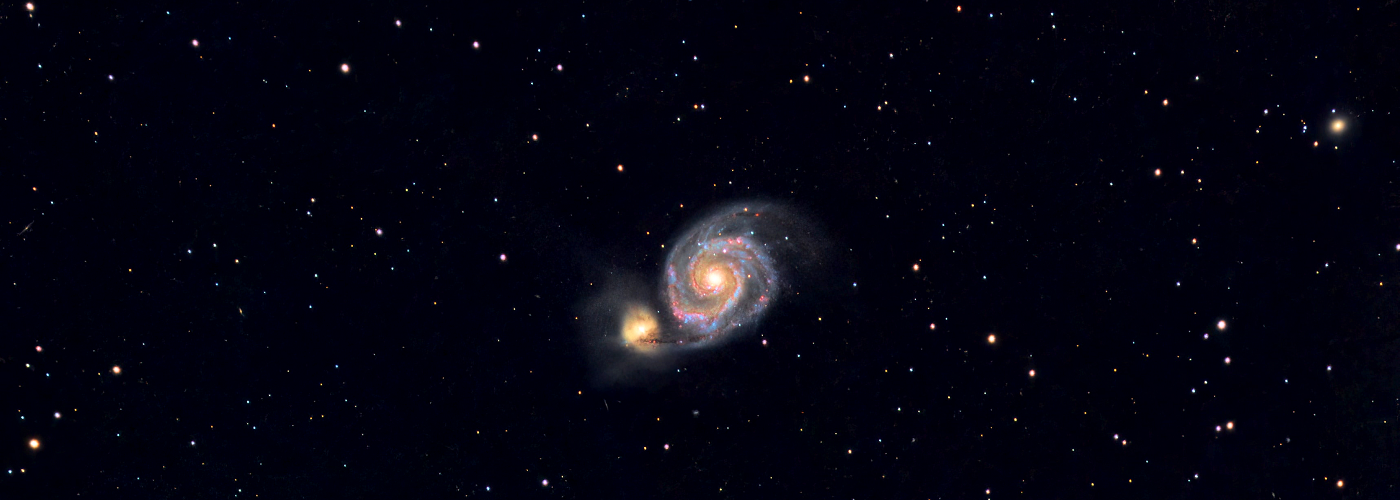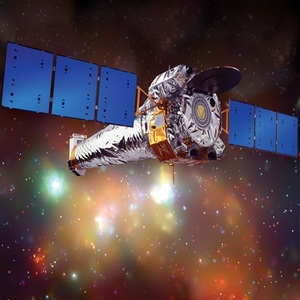

28 million light-years or 164,601,510,000,000,000,000 miles, that’s the incredible distance away from Earth that an international team of astronomers has discovered an exoplanet, or planet beyond our own solar system. If it’s confirmed, this would be, not only the farthest exoplanet ever discovered, but also the first one outside of our Milky Way galaxy.
Since the 1990s the number of exoplanets discovered by astronomers has been steadily increasing. Today the number stands at more than 4,000. However, all of these exoplanets, until now, have been within our own Milky Way, and the majority of them have been closer than 3,000 light years away.
Normally, in order to detect an exoplanet, astronomers will look for a dip or dimming of the light levels from a distant star that tells them that a planet has crossed in front of the star blocking some of its light from reaching us. This technique is called the transit method.
Instead of using visible light to detect the possible new exoplanet in the Whirlpool Galaxy, astronomers in this case have used x-rays. Observations taken from NASA’s Chandra X-ray Observatory have determined that the exoplanet in question is found in an x-ray binary star system. This means that the planet is orbiting not just one normal star, like the Sun, but two objects, a normal star and an object that emits x-rays, such as a neutron star or black hole.
The astronomers observed that the possible exoplanet took three hours to transit, or cross in front of the source of x-rays in the binary system. Combined with other data, they have determined that the exoplanet is roughly the size of Saturn and orbits the black hole or neutron star at twice the distance that Saturn orbits the Sun. Such an exoplanet would likely have had to endure a harsh environment, as the neutron star or black hole would have been formed after a supernova explosion.






